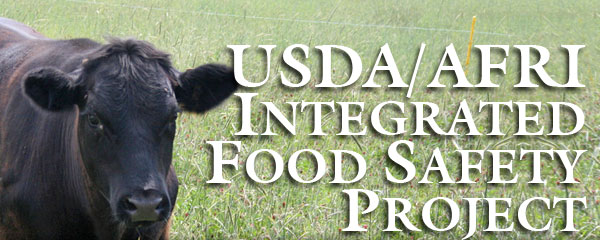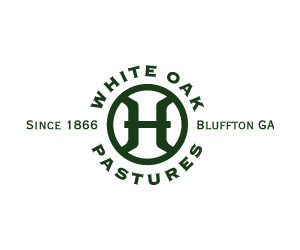
Project Title: Advanced processing technologies as multiple hurdles to inactivate STEC and viruses during beef processing and on non-intact beef products. An Integrated Food Safety Project supported by the United States Department of Agriculture – Agriculture and Food Research Initiative (USDA-AFRI).
Overall Project Goal and Website Purpose
The overall goal of this beef safety project is to systematically investigate the effectiveness of six emerging technologies used to destroy foodborne pathogens, particularly shiga-toxin producing E. coli (STEC), and identity the most effective and economically viable combination of technologies that can be applied at each critical control point (CCP) of processing, supply and retail chains of beef products.
This website is a platform to share information related to this project to all persons concerned with the safety of beef products, including those working in the beef industry, as well as consumers. The types of information communicated on this site include basic descriptions of the technologies being investigated; a review of existing mitigation strategies currently used by the beef industry; our research progress in the form of publications, presentations, and summaries; an economic cost-benefit analysis of implementing new technologies; news articles related to the project; and events scheduled to take place with project researchers, Extension personnel and stakeholders.
Technologies Investigated
The following six technologies were selected as promising alternatives to current mitigation technologies used to destroy foodborne pathogens during beef processing. These technologies are being investigated individually and in select combinations in the laboratory and in pilot-scale operations for adaptability to beef processing, supply and retail chains and their ability to improve the safety of beef and beef products.
- Electrolyzed Oxidizing (EO) water (sanitizing wash)
- Levulinic acid with Sodium Dodecyl Sulfate (LA-SDS) wash (sanitizing wash)
- Infrared (IR) light (non-thermal processing)
- Radio frequency (RF) (thermal processing)
- Ultraviolet (UV) light (non-thermal processing)
- UV-activated titanium dioxide (UV-TiO2) (antimicrobial surface coatings)
Industry Advisory Board
Since the project’s conception, an advisory board consisting of beef safety stakeholders from medium- and large-scale processors, further processors, retailers, equipment and disinfection technology developers, as well as government advisors has been called upon to ensure the relevance of our research output to the end-users. Representatives from the following companies have provided valuable input, communicating directly with the research team:












